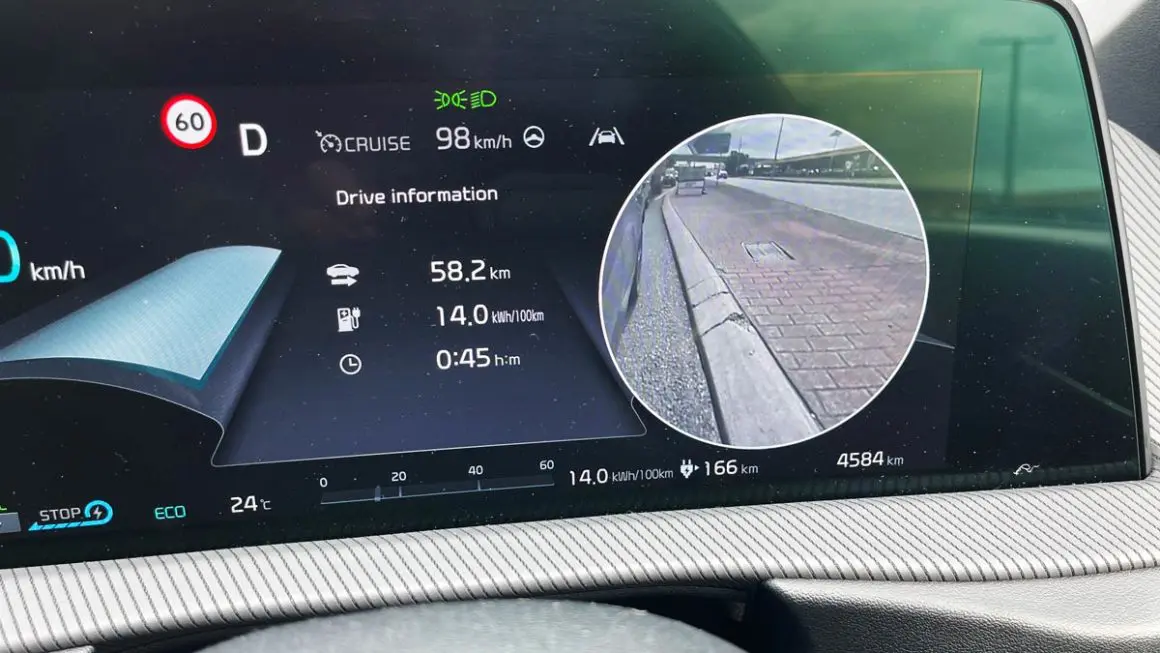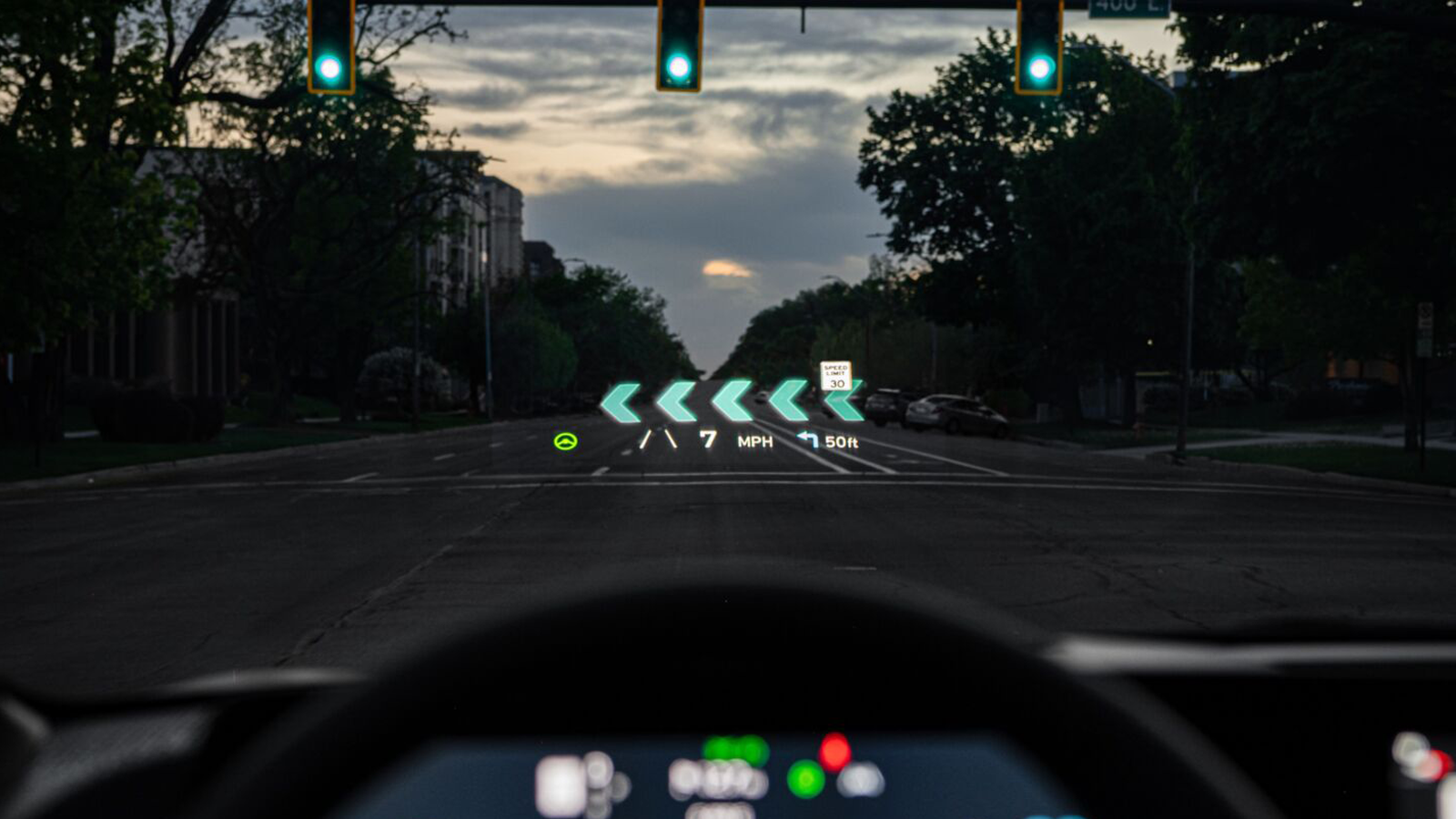Our family has two cars that are both more than 10 years old. But we’ve had occasion to rent a newer car now and again and we’ve recently started shopping for a new electric vehicle. With 10 year old vehicles as my baseline, each time I step into a new vehicle there’s something surprises me. There are a lot of new exciting features making their way into standard equipment in some models. If you’re in the market, here are some features of the best features I’ve seen that you should look out for.
Vented seats
Heated seats have been a common add on for quite some time and we have heated seats in both of our 10-year-old vehicles. It feels great to have warm buns on a cold Chicago morning. But many cars are now offering vented seats that can both heat and cool. Vented seats keep your back cool by blowing air through perforations in the seat and back. Not only does this cool you, it can also keep your back dry, preventing uncomfortable sweat back on long distance drives.
Lane keeping / adaptive cruise
I first encountered this in a rental vehicle on a trip from Chicago to Florida, but it’s a set of technologies that are becoming far more common in new vehicles.
Lane-keeping and adaptive cruise are two separate technologies that work better together. Lane keeping uses sensors and software to track lanes on the road. When the system detects that the vehicle is drifting too close or over the line, it will warn the driver with lights, sounds, or in some cases, even move the steering wheel to pull the car back in lane.
Similarly, adaptive cruise uses sensors to detect vehicles and obstructions in the lane ahead. The system will use the inputs to warn the driver of a possible collision, automatically adjust the cruise control speed to follow the vehicle ahead, or even apply the brake to avoid a collision.
When you put these two technologies together, they add up to “Level 2” vehicle autonomy. This is still very far from “auto pilot” or “self driving”, but it’s still a significant improvement to the driving experience. Driving with these technologies still requires the driver’s full attention. Though, from experience you do eventually grow a comfort level with taking your hands off the wheel for short moments, say while taking a drink or helping a child to find a missing toy in the back seat.
Overall, though subjectively, the driving experience is really nice. On a long distance drive, I found that driving fatigue took much longer to set in as I was able to pull just the slightest bit of attention away from the operation of the vehicle and spend a little more time enjoying the view.
Blind spot camera
I didn’t know this was a possibility until the first time I test drove the Kia EV6 a couple of weeks ago. I was surprised when I flicked on the turn signal to find that a video popped up on the instrument cluster, showing me the view of the side-view mirror and then some.

This seems like a great safety feature, bringing the view of the side directly into view, keeping the driver from needing to take their eyes off the road to check the mirror. I especially appreciate this feature as an occasional cyclist, as I’m always worried about checking that blind spot before taking a right turn.
From the safety perspective, this is a feature I’m hoping to see make it’s way into standard equipment of more vehicles. It seems like something that would be reasonable to regulate, similar to backup cameras. Speaking of which, I’d love to see backup camera video show up in the instrument cluster like these do.
Head-up display
Head-up displays are not, by anymeans, new. I had a friend in high-school that drove an delapidated Oldsmobile Delta 88 that had one. I still remember the two green 7-segment displays shining on friday night cruises through town.

Head-up displays on most newer cars haven’t changed much from that Delta 88, to be honest. The most common is just a basic speed display. But the display in the EV6 takes things to another level. The EV6 integrates a full color HUD, incorporating “augmented reality” information, even placing navigational aids in front of the driver to indicate lane changes and streets to turn on.